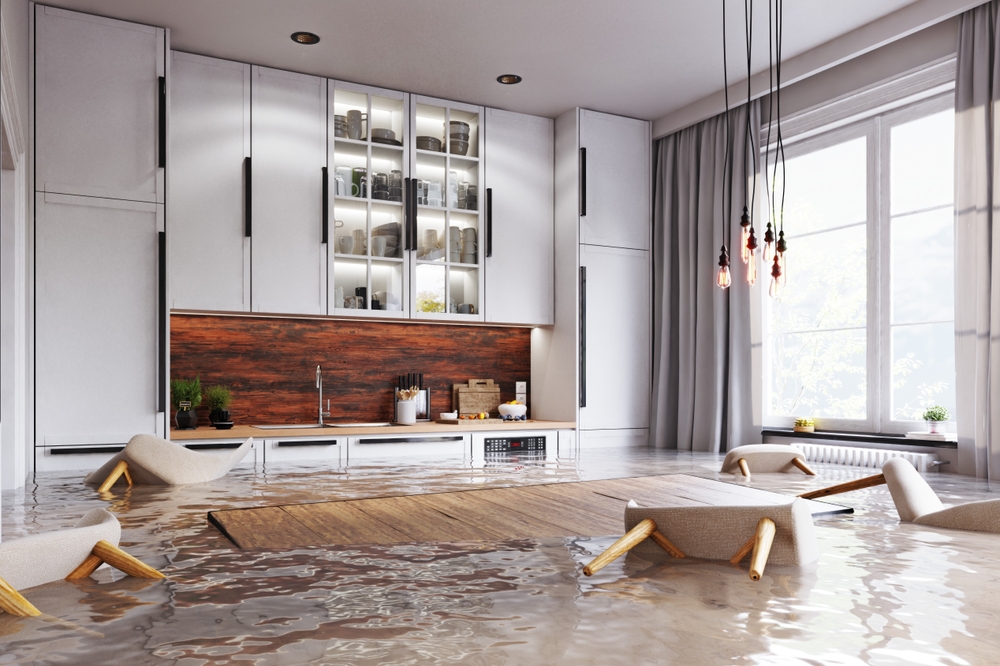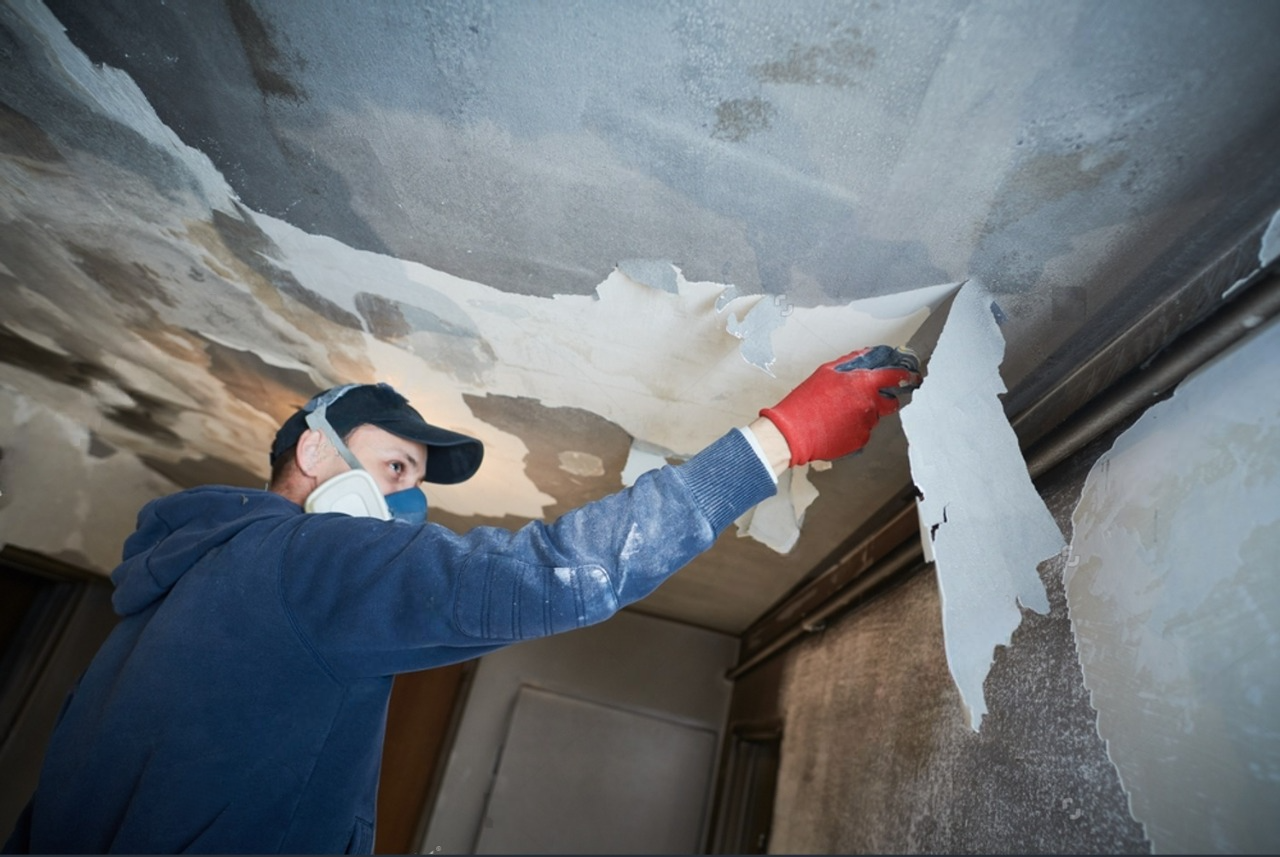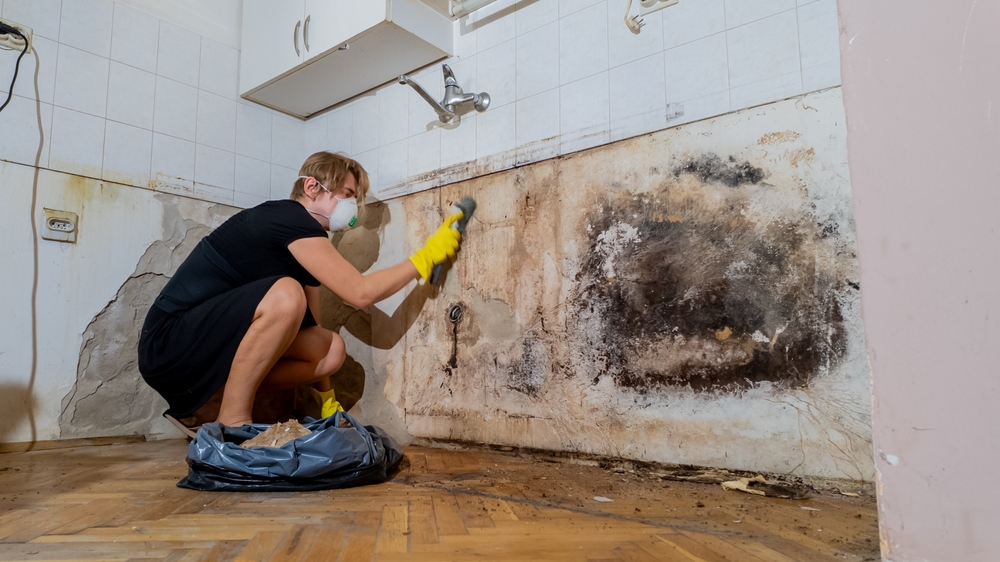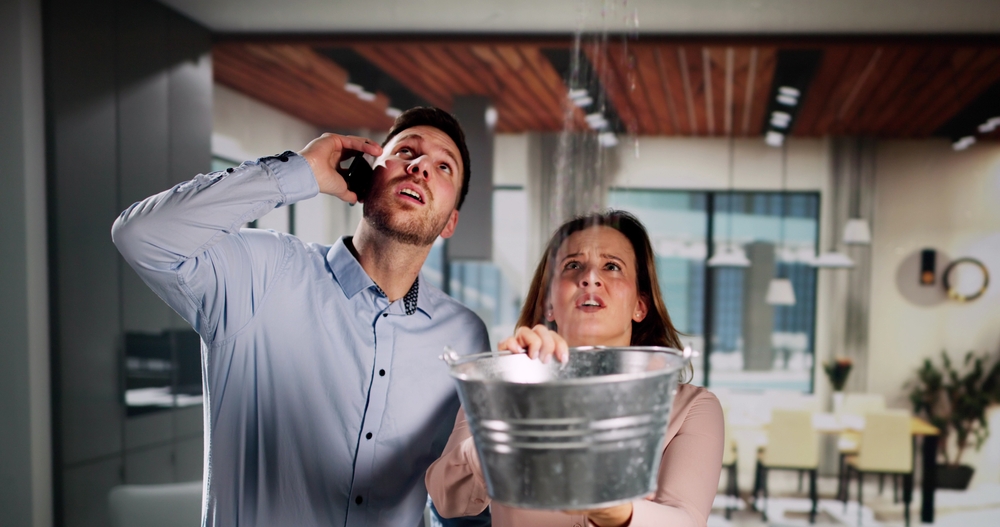Among the most often occurring and damaging issues homeowners deal with is water damage. Water damage may wreak havoc on your house whether it results from a leaky roof, damaged pipes, or natural disaster. Often following water damage are soggy carpets, water-logged walls, and undetectable hidden moisture.
The importance of proper drying after water damage is absolutely vital. It’s not only about getting rid of the water you can see but also about treating the moisture hiding in furniture, flooring and walls. Ignorance of adequate drying can result in long-term problems including structure damage, mold development, and health hazards. This tutorial looks at the value of appropriate drying, the drying process, the dangers of ignoring it, and how expert advice can really make all the difference.
The Hidden Dangers of Water Damage
Water that finds its way into your house does not just sit on the surface. It penetrates into furniture, flooring, ceilings, and walls to create latent damp pockets capable of long-term damage. Many homeowners concentrate on drying obvious water without understanding the hazards of what is left behind.
Why Proper Drying Matters
Drying gets moisture you cannot see eliminated. The ideal conditions for mold to flourish or materials to deteriorate can be created even from a tiny amount of untreated water. Complete drying guards your family’s health and the structural integrity of your house.
The Consequences of Improper Drying
When improper drying is done, the results can be really severe:
- Mold Growth: Usually starting 24 to 48 hours, mold starts to flourish.
- Weakened Structures: Structures weakened by wood can rot; drywall can disintegrate.
- Health Hazards: Damp conditions can cause allergies and respiratory issues.
Effective drying helps to prevent these issues from getting worse, so saving expensive repairs and reducing health hazards.

The Drying Process
Drying following water damage is a multi-stage process meant to eliminate all moisture, hidden as well as visible. To guarantee the greatest results, every phase calls for certain tools and approaches.
Step 1: Water Removal
Eliminating standing water comes first in dry-down. Water is pulled from carpets, floors, and other surfaces using tools including pumps, wet vacuums, and extraction equipment. This is absolutely essential to stop more absorption into materials like drywall or wood.
Why This Step is Critical
- Walls and floor damage can be fast caused by standing water.
- It gets more difficult to extract the longer water stays.
- Rapid removal reduces the possibility of additional harm like mold growth.
Step 2: Dehumidification
Eliminating obvious water is first; then, one addresses the moisture in the air. High humidity slows down drying and provides perfect mold conditions. Pulling moisture out of the air and stopping it from settling back into walls and flooring are accomplished by dehumidifiers.
Key Benefits of Dehumidification
- Less likely to cause mold development.
- Reduces the moisture content of the air, therefore accelerating drying.
- Protects furniture and valuables from absorbing excess moisture.
Step 3: Air Movement
Strategic placement of high-powered air movers—also known as industrial fans—around the impacted region Through their circulation of air, these fans aid in moisture envision. Air movers speed up drying by focusing airflow to moist areas.
How Air Movement Works
- Dry air is supplied while damp air is expelled.
- This guarantees no moisture left behind by starting an ongoing drying cycle.
- Targeted placement guarantees the addressing of difficult-to-reach locations.
Step 4: Monitoring and Adjustment
Correct drying is not a one-fits-all technique. Thermal imaging cameras and moisture meters help professionals track development and guarantee that every region is drying as it should. Equipment is changed as necessary to target difficult areas of moisture.
Why Monitoring is Essential
- Finds underflooring, ceilings, or wall hidden dampness.
- Guarantees the drying process is in order.
- Stops over drying, which may harm some materials—such as wood.
The Risks of Improper Drying
Ignoring correct drying or cutting shortcuts can have major repercussions. Among the most important hazards connected to insufficient drying are these:
1. Mold Growth
Mold enjoys warm, moist surroundings. Mold can start to grow in as soon as 24 to 48 hours if moisture is not completely eliminated. Usually hiding behind walls, under carpets, or in air ducts, it is difficult to find until it becomes a major issue.
Why Mold is Dangerous
- Along with other health difficulties, mold can aggravate allergies and respiratory problems.
- It spews’ spores that could travel all around your house.
- Eliminating mold calls both professional remedial work and significant costs.
2. Structural Damage
Moisture gradually weakens construction materials. Wooden timbers might decay, drywall could fall apart, and metal parts might rust. Not only concerns the safety of your house but structural damage results in expensive repairs.
Signs of Structural Damage
- Warped or buckled floors
- Sagging ceilings
- Cracks in walls or foundations
3. Health Issues
Inappropriate drying might cause bad indoor air quality. Damp environments are ideal for mold spores and bacteria, which compromise everyone’s health living in the house.
Potential Health Risks
- Asthma and allergy flare-ups
- Skin irritation
- Chronic respiratory problems

Professional Water Damage Restoration
Dealing with water damage personally can be taxing. Expert water damage restoration guarantees correct completion of the work, so reducing dangers and returning your house to its original state.
Benefits of Hiring Professionals
- Advanced Equipment: Professionals extensively dry using industrial-grade dehumidifiers, air movers, and moisture meters.
- Expertise: They are adept in spotting and treating latent dampness.
- Efficiency: Professionals can finish the drying process faster, so lowering the total impact on your house.
What to Expect
An experienced water damage restoration crew will:
- Assess the extent of the damage and create a customized drying plan.
- Use advanced tools to extract water and remove moisture.
- Monitor progress and adjust equipment as needed.
- Provide guidance on preventing future water damage.
Tips for Preventing Water Damage
After water damage, drying is important; preventive is much better. By acting early, you can save the trouble and cost of first handling water damage.
1. Regular Maintenance
- Inspect pipes, faucets, and appliances for leaks.
- Check your roof for missing shingles or cracks.
- Clean gutters and downspouts to ensure proper drainage.
2. Act Quickly on Leaks
If you notice a leak, don’t wait. Even a small leak can lead to significant water damage if left unaddressed.
3. Use Water Sensors and Alarms
Early on detection of leaks by water sensors will notify you before the issue becomes worse. Install them in basements, water heaters, and next to appliances to provide extra comfort of mind.
4. Know Your Home’s Vulnerabilities
Knowing regions of your house likely to be prone to water damage can enable you to act pro-actively. Typical difficulty areas are basements, attics, and regions with antiquated plumbing systems.
The Costs of Ignoring Proper Drying
Ignoring or incorrectly doing the drying procedure could result in over time hidden expenses. These consist of:
- Increased Repair Costs: Structural damage and mold cleanup cost significantly more than appropriate drying.
- Health-Related Expenses: Medical costs from respiratory problems brought on by mold or poor air quality can mount up.
- Decreased Home Value: Reduced market value of your house can result from ongoing water damage.
Investing in proper drying pays you in terms of protection of your pocketbook, health, and house.
Conclusion
One of the most important steps to guarantee your house stays secure and structurally sound after water damage is correct drying following it. It’s not only about getting rid of obvious water but also of concealed moisture that may cause structural damage, mold, and health hazards.
Understanding the drying process and the dangers of incorrect drying will help homeowners to safeguard their houses. Hiring expert water damage restoration services guarantees that your house is completely dried and restored when in doubt, therefore saving you time, money, and stress over the long term.
Minimizing harm mostly depends on acting fast and holistically. Whether your leak is minor or significant, you should not undervalue the need of appropriate drying. Today, act to protect your house and the welfare of your family.
Philadelphia Restoration Services
https://www.google.com/maps?cid=3399342399556699153
+1 267 668 0013
https://philadelphiarestorationservices.com/


